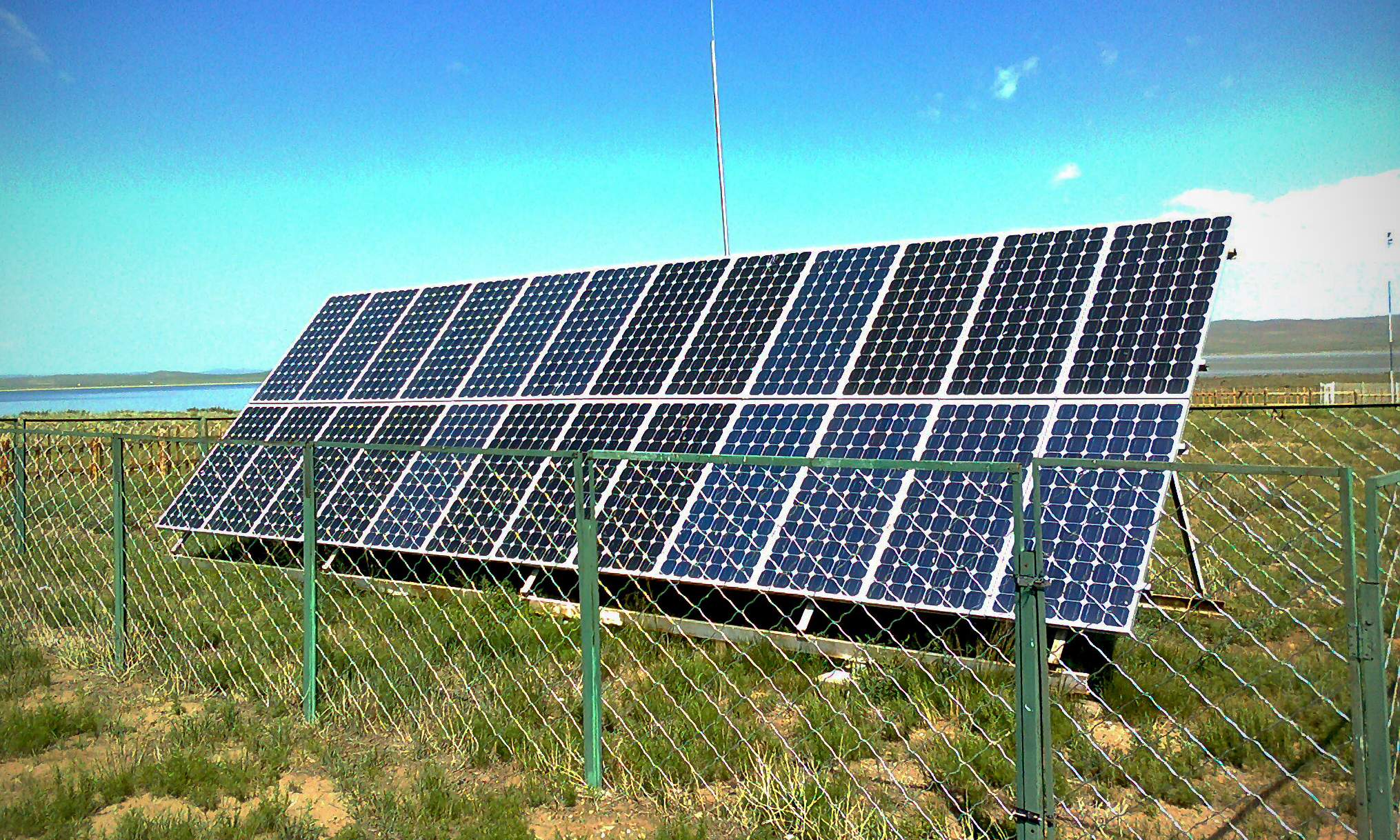
Xcel Energy, a major electric utility in Minnesota, proposed a new community solar program to make the renewable energy more accessible to the 600,000 apartment renters in the state. The proposal was approved by utility regulators late last year. Now just a few months after the program officially launched, Xcel reports having received over 700 applications totaling 763 megawatts (MW) of solar power installations. To put these figures into perspective, it would be enough electricity to supply more than 100,000 average households each year.
This is significantly more than Xcel planned and now they are petitioning their own program to decelerate its implementation.
The petition is based on the fact that each project shouldn’t be more than 1 MW, which is the case of the 781 submitted projects, but developers are planning their projects on lands adjacent to their other projects, making it seems more like utility-scale solar than community solar. Community solar projects are often called “solar gardens”, but Xcel sees these series of 1 MW projects as “solar farms”.
Xcel has yet to approve any of the projects and is now looking closer into the ones co-located on the same sites. SolarCity, the biggest solar provider in the US, is one of the developers who recently announced their entry in the Minnesota community solar market. The company submitted their own series of 1 MW projects for up to 100 MW, which could represent an investment of up to $200 million.
If SolarCity manages to get their projects approved, Xcel customers will be able to enter in subscriber agreements to purchase the solar power from SolarCity at a rate of 13 cents per kWh. Xcel Energy will then credit subscribers at a rate of 14.7 kWh for each kWh.
Today, Xcel reached a partial agreement with a few of the smaller developers to limit the projects on co-located sites to 5 MW, but the bigger developers, like SolarCity and SunEdison, are waiting for the public commission to take a decision. If the commission was to use the agreement as a template for their decision, the 5 MW limit would last until Sept. 25. Then, the cap would drop to 1 MW for a period of one year to allow time for the commission to once again study co-location limitations. The commission should take a decision by the end of the week.
If regulators decide to enforce the original language of the program, $2 billion worth of solar power could be installed in Minnesota over a very short period of time, giving an incredible boost to solar in the state, but the installations would be dominated by big out-of-state developers like SolarCity. If they decide to push for something closer to the agreement Xcel reached with smaller developers, community solar would see a slower growth, but local solar companies would have a better chance at competing for projects.
Either way, Minnesota seems to be leading the way for community solar and the outcome will be a very interesting case to study for the future of community solar/solar gardens elsewhere in the US.
FTC: We use income earning auto affiliate links. More.





Comments